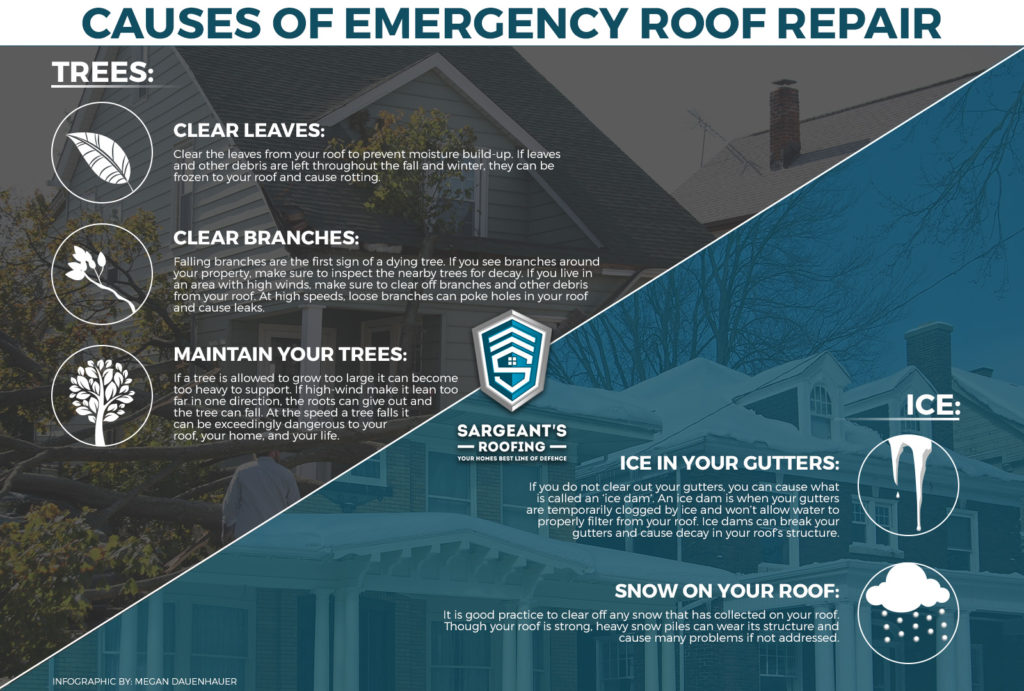Usual Errors In Roof Setup And Exactly How To Avoid Them
Usual Errors In Roof Setup And Exactly How To Avoid Them
Blog Article
Write-Up Created By-Parsons Mark
When you're preparing a roof installation, it's easy to ignore critical details that can lead to considerable issues down the line. You could be attracted to cut corners on product option or skip proper blinking setup, but these typical blunders can cause pricey fixings later on. Understanding the relevance of air flow and adhering to local building regulations is necessary for an effective task. So, what are the key steps you should take to guarantee your roofing system stands the test of time? Allow's explore some effective strategies to prevent these pitfalls.
Poor Material Selection
When it concerns roof covering installation, picking the incorrect materials can lead to pricey issues down the line. You may think that any type of roof material will certainly do, however that's a typical misunderstanding. It's crucial to choose products that suit your regional environment and the certain requirements of your home.
For instance, if you reside in an area with heavy rainfall or snow, selecting asphalt roof shingles might not be the best option. Instead, consider more sturdy options like metal or slate.
In addition, take note of the quality of the materials you're considering. Affordable materials could save you money upfront, but they frequently do not have long life and can cause regular repair services or replacements.
You ought to likewise think of the design of your home and make sure the materials you pick will certainly preserve its visual charm.
Finally, do not neglect to speak with experts. They can supply valuable insights and recommend materials that follow neighborhood building ordinance.
Investing time in correct material selection now can aid you stay clear of migraines and expenses in the future, making your roofing project a success.
Inadequate Flashing Installation
Picking the best products isn't the only aspect that can lead to roofing issues; inadequate blinking installment can also develop substantial issues. Flashing is important for routing water away from susceptible areas, such as chimneys, skylights, and roofing system valleys. If it's not installed appropriately, you run the risk of water breach, which can result in mold and mildew development and architectural damage.
When why not try here mount flashing, ensure it's the appropriate type for your roofing system's style and the local climate. As an example, steel flashing is often a lot more durable than plastic in areas with heavy rain or snow. Ensure the blinking overlaps appropriately and is safeguarded snugly to stop spaces where water can permeate via.
You must additionally take notice of the installation angle. Flashing ought to be positioned to direct water far from your home, not towards it.
If you're unclear about the installment process or the products needed, speak with a specialist. They can assist recognize the best blinking choices and ensure whatever is mounted correctly, guarding your home from prospective water damages.
Taking these actions can save you time, cash, and migraines down the road.
Neglecting Air Flow Demands
While lots of property owners focus on the visual and structural facets of roof covering installation, ignoring ventilation needs can lead to significant lasting effects. Proper air flow is important for regulating temperature level and wetness levels in your attic room, stopping problems like mold and mildew development, timber rot, and ice dams. If you do not install sufficient ventilation, you're setting your roofing up for failing.
To prevent this error, initially, examine your home's particular air flow needs. A well balanced system typically consists of both consumption and exhaust vents to advertise air flow. Guarantee you have actually mounted soffit vents along the eaves and ridge vents at the height of your roofing. This mix permits hot air to leave while cooler air gets in, keeping your attic area comfy.
Likewise, take into consideration the sort of roof material you've chosen. Some materials might require extra air flow approaches. Ascertain your neighborhood building codes for air flow standards, as they can vary substantially.
Ultimately, don't neglect to check your air flow system regularly. Blockages from debris or insulation can hinder air flow, so maintain those vents clear.
Verdict
In conclusion, avoiding typical roof installation blunders is key to guaranteeing your roofing's long life and effectiveness. By selecting the best materials for your environment, mounting flashing properly, and resolving ventilation demands, you can stop costly concerns later on. Don't forget to familiarize yourself with regional building regulations and schedule regular assessments. With these steps, you'll delight in a safe, durable roof covering that secures your home for years to come. Delighted roof!
